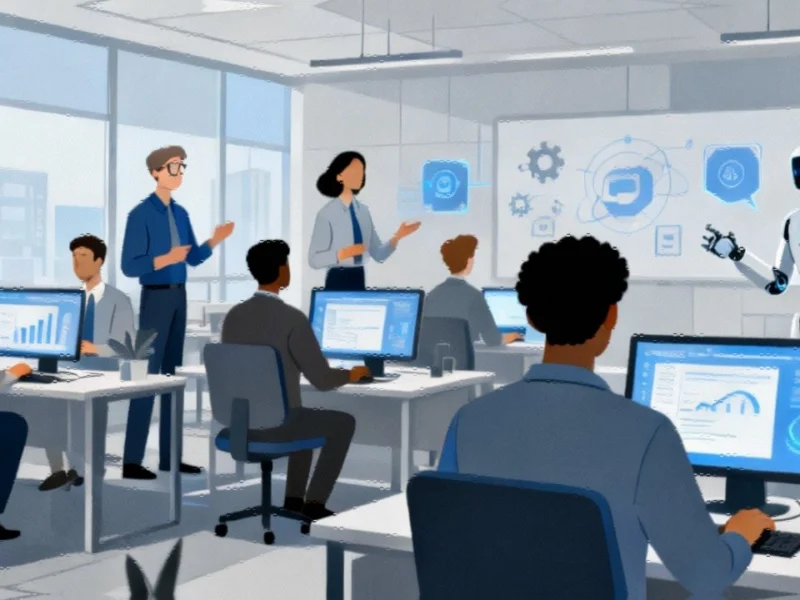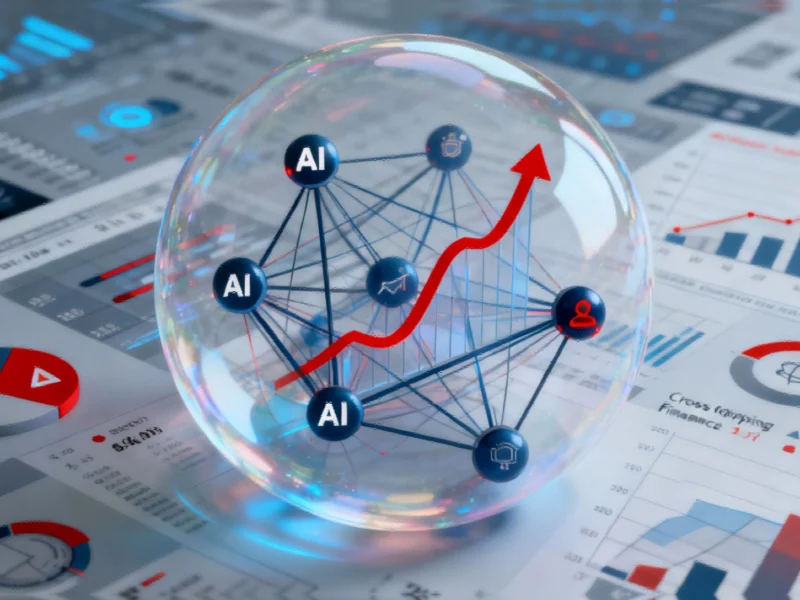The Convergence of Artificial and Biological Intelligence
In the rapidly evolving landscape of artificial intelligence, a remarkable pattern has emerged: the most advanced neural networks are increasingly resembling the human brain’s processing methods. Over the past decade, deep neural networks (DNNs) have transformed from mere computational tools into sophisticated models that provide genuine insights into biological intelligence. This convergence represents one of the most significant developments in modern computational science, bridging the gap between artificial and human cognition.
Table of Contents
From Visual Perception to Complex Language Processing
The journey began with visual processing systems, where DNNs demonstrated unprecedented accuracy in predicting brain activity during visual perception tasks. What started as models for understanding basic sensory processing has now expanded to encompass complex cognitive functions. The emergence of large language models (LLMs) has accelerated this progress, revealing striking parallels between artificial and human language processing hierarchies., according to technological advances
Recent breakthroughs show that as LLMs improve their performance on standard benchmark tasks, their internal representations become increasingly aligned with neural activity patterns observed in humans. This alignment isn’t superficial—it reflects deep structural similarities in how both systems process and represent information. The models appear to be developing processing strategies that mirror the brain’s own methods for handling complex linguistic tasks., as our earlier report, according to emerging trends
Evidence from Cutting-Edge Research
Multiple independent studies have converged on similar conclusions about this brain-model alignment. Research using intracranial electroencephalography recordings from neurosurgery patients has revealed that higher-performing LLMs show stronger correlation with human neural responses. These models don’t just process language—they appear to do so in ways that are fundamentally similar to human cognitive processes.
Perhaps even more compelling is research demonstrating that LLMs develop object concept representations that are both semantically structured and interpretable. These representations show clear alignment with human cognitive organization and corresponding brain activity patterns. The models seem to be discovering similar conceptual relationships that humans use to understand and navigate the world.
The Universal Representation Hypothesis
One of the most intriguing findings is that models with vastly different architectures all seem to converge on similar representations when aligned with brain activity. This suggests there might be universal principles of efficient information processing that both biological and artificial systems discover independently. The convergence across architectures points toward fundamental computational constraints or optimal solutions that multiple systems arrive at through different paths., according to expert analysis
This phenomenon raises profound questions about the nature of intelligence itself. If different systems, starting from different initial conditions and using different architectures, ultimately find similar solutions, it suggests there might be underlying principles of intelligent information processing that transcend implementation details., according to industry analysis
Implications for Industrial Computing and AI Development
For industrial applications, this brain-model alignment has significant implications. Understanding why certain architectures produce more brain-like representations could inform the development of more efficient and robust AI systems. Industries relying on pattern recognition, natural language processing, and complex decision-making could benefit from architectures that more closely mirror human cognitive processes.
The research also suggests new approaches to AI validation and testing. Rather than relying solely on benchmark performance metrics, developers might increasingly look to neural alignment as an indicator of system quality and robustness. This could lead to AI systems that not only perform well on specific tasks but also demonstrate more human-like understanding and generalization capabilities.
Future Directions and Open Questions
While the evidence for brain-model alignment is growing, important questions remain. Researchers are still working to understand which aspects of this alignment are fundamental and which might be artifacts of current training methods or data limitations. The field is also exploring whether this alignment extends to higher-order cognitive functions like reasoning, planning, and creative thinking.
The coming years will likely see increased collaboration between neuroscientists, cognitive scientists, and AI researchers. This interdisciplinary approach promises to accelerate progress in both understanding biological intelligence and creating more capable artificial systems. As datasets grow larger and models become more sophisticated, we may discover even deeper connections between artificial and human intelligence.
The convergence of artificial and biological intelligence represents more than just a technical achievement—it offers a window into the fundamental principles of intelligent systems. As research continues to reveal these connections, we move closer to understanding not just how to build better AI, but perhaps also to understanding the nature of intelligence itself.
Related Articles You May Find Interesting
- TechCrunch Disrupt 2025 Stage to Feature Industry Titans, Startup Battles, and M
- OpenAI Browser Launch Signals New Front in AI Wars, Rattles Tech Giants
- Cryogenic Computing Breakthrough: Phase-Change Materials Enable Non-Volatile Sil
- Warner Bros. Discovery Explores Potential Sale Following Acquisition Interest, S
- Kering Sells Beauty Division to L’Oréal in $4.7 Billion Strategic Partnership
This article aggregates information from publicly available sources. All trademarks and copyrights belong to their respective owners.
Note: Featured image is for illustrative purposes only and does not represent any specific product, service, or entity mentioned in this article.



